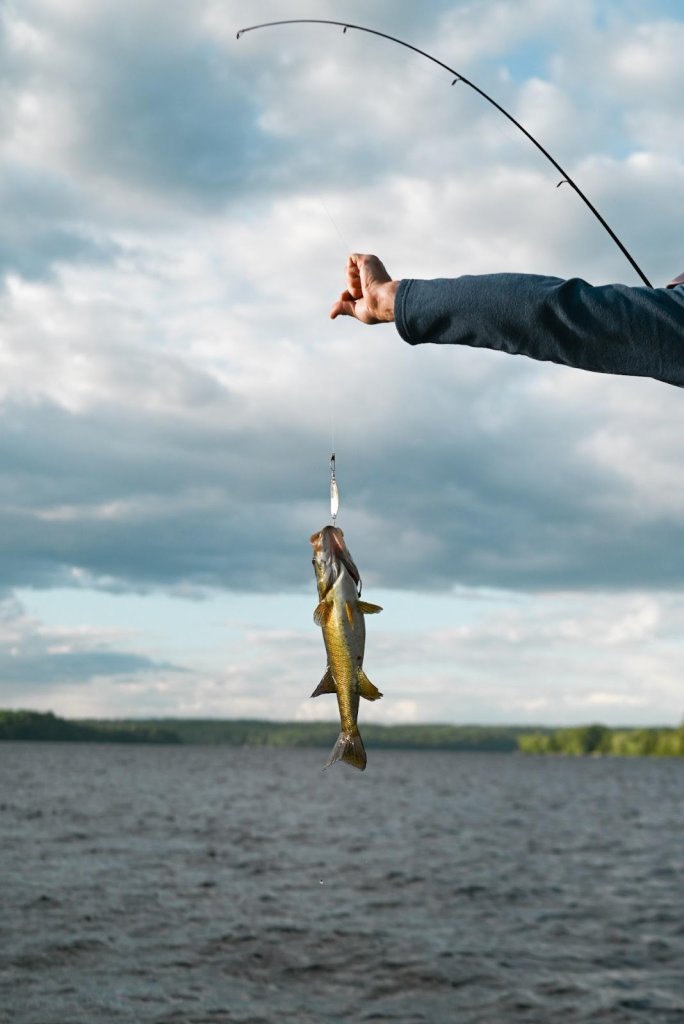
Bass habitat refers to the natural environment where bass fish live and thrive. This includes their preferred water temperature, oxygen levels, water depth, and flow, vegetation, and substrate, as well as their feeding, spawning, and shelter preferences. Purchase bass habitat from reliable providers.
Providing suitable habitats for bass are crucial for their survival and reproduction and maintaining a healthy and sustainable aquatic ecosystem.
A bass habitat can be a natural or artificial body of water, such as a pond, lake, river, or stream, and can vary in size and complexity.
Understanding the physical characteristics and behaviour of bass in their habitat is important for their conservation and management -especially when you wish to purchase bass habitat.
Importance of providing suitable habitat for bass:
Bass are crucial to the survival of aquatic ecosystems and the environment. The following justifies the necessity of developing and maintaining bass habitat:
- Helps to maintain a Healthy Bass Count: Bass requires a healthy and proper habitat to survive, develop, and breed. Thus, this feature aids in maintaining a healthy bass population. If bass numbers decline due to a lack of suitable habitat, this could have unfavourable consequences for ecosystem health.
- Water quality is enhanced: A well-planned bass habitat can boost water quality in several ways, including (but not limited to) reducing nutrient pollution and providing natural filtration.
- Benefits Biodiversity: Bass habitats benefit not only bass but also the frogs, insects, and other fish that rely on healthy aquatic ecosystems.
- Enhances more fishing opportunities: Providing bass with a suitable habitat increases the likelihood that recreational fishermen will have access to new and improved fishing spots, which is good for the economy and promotes healthy lifestyles by getting people outside.
- Your property value will increase: The value of surrounding homes can be increased, and the area’s visual appeal can be improved by creating and maintaining a bass habitat.
- Maintains and restores ecosystem: To maintain and restore natural ecosystems, conserving and managing bass habitat is essential to broader conservation efforts.
Factors to Consider When Purchasing a Bass Habitat:
Having plenty of habitat in your fishery is one of the most important things you can do to help trophy-class Bass grow and improve. Bass can live in very different places depending on where they are in their lives and what time of year it is. The most important things to consider when choosing the right environment for your pond management plan are the fish’s age and season and how big the fishery is.
- The life stage and depth of water:
Bass have different needs for habitat at different times of their lives. As young fish, they need places to hide so they can avoid being eaten by bigger fish and find smaller fish to eat. If you want your Bass to get fat as an adult, you’ll need to give them places to hide and wait for their next meal while using as few calories as possible. For example, depending on the time of year and the temperature of the water, habitats are put in different places and depths in the water. This is why having different environments all along the water column is so important.
- Water depth has an inverse relationship to habitat complexity:
When people talk about how complicated a habitat is, they usually mean how well it fits together. The more dense the environment, the more small holes your young fish will have to get through to avoid being eaten. This habitat usually comprises natural water plants like Coontail, American Pondweed, Chara, Lily Pads, or brush piles made of treetops or small shrubs.
As your larger Bass need their habitat more as a tool for hunting, the passages need to get bigger so they can hide and move quickly to catch their food.
- Location for the habitat:
People used to say that location, location, and location were the three most important things when selling a house. You should think the same way about where to put a habitat in your fishing. Now that you know what kinds of habitat should be used at different depths in the water column, you need to think about the general depth of your pond and the shape of the bottom to decide where to put the final habitat. Smaller tanks and ponds (less than 5 acres) usually have depths of 12 feet or less and have flat or nearly flat bottoms. Because of this, you can put small to medium-sized brush piles almost anywhere in shallow to medium-depth water to give Bass a place to live.
Conclusion:
For the sake of bass and aquatic ecosystems, it is crucial to develop and sustain habitats conducive to their survival. A well-designed bass habitat may improve water quality, provide recreational possibilities for anglers, and support bass numbers and a range of other aquatic species. Location, food sources, shelter, water quality, and quantity are all important considerations when investing in a bass habitat. We can ensure the long-term viability of bass populations and the vitality of our aquatic ecosystems by learning about these elements and adopting preventative measures to conserve and manage them.
